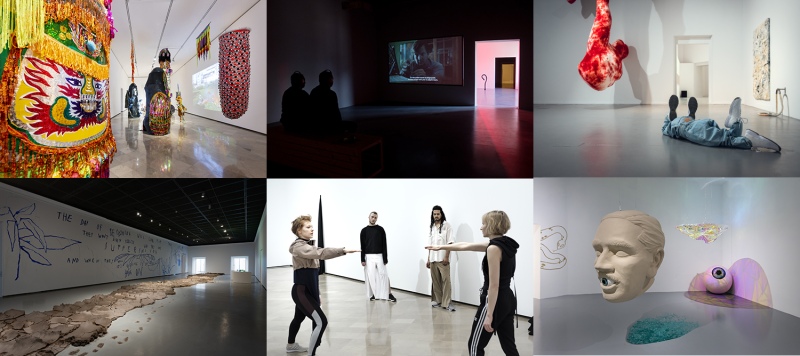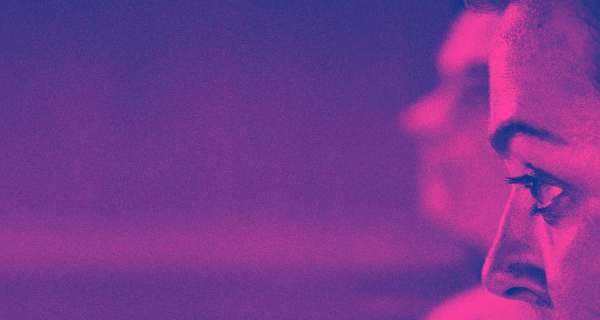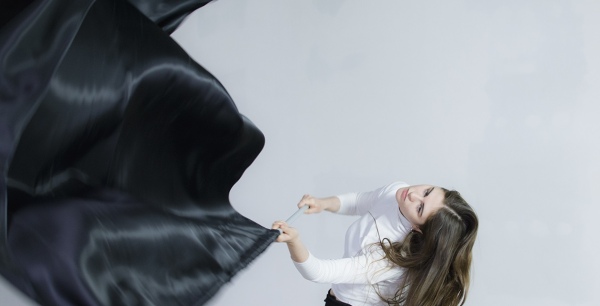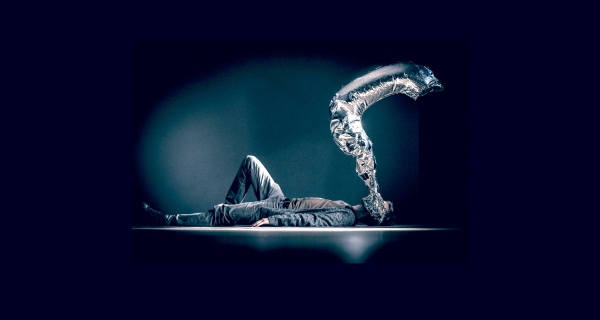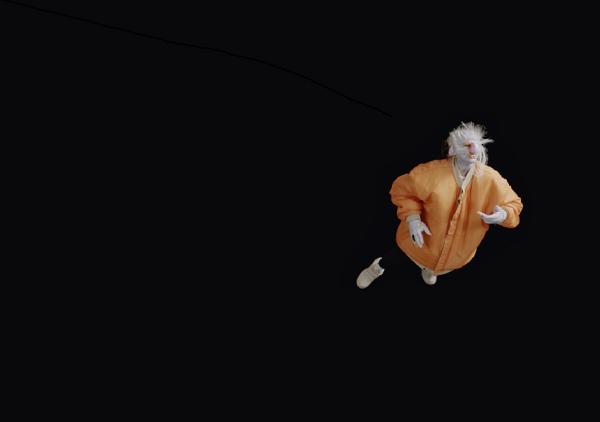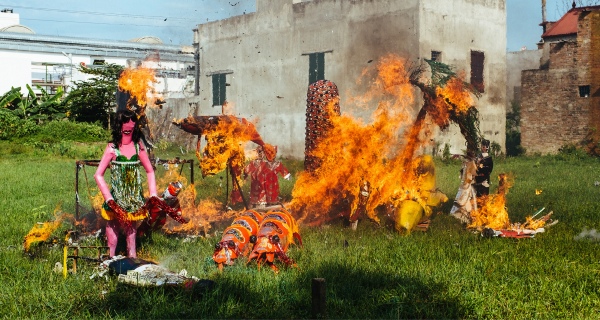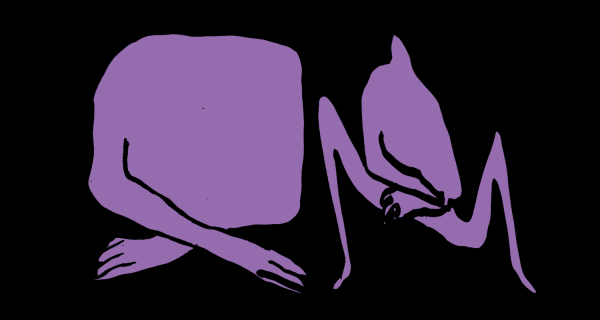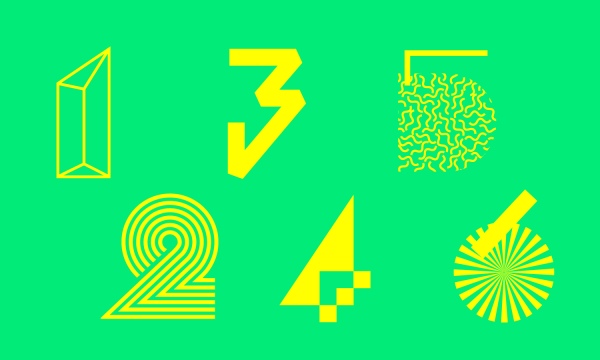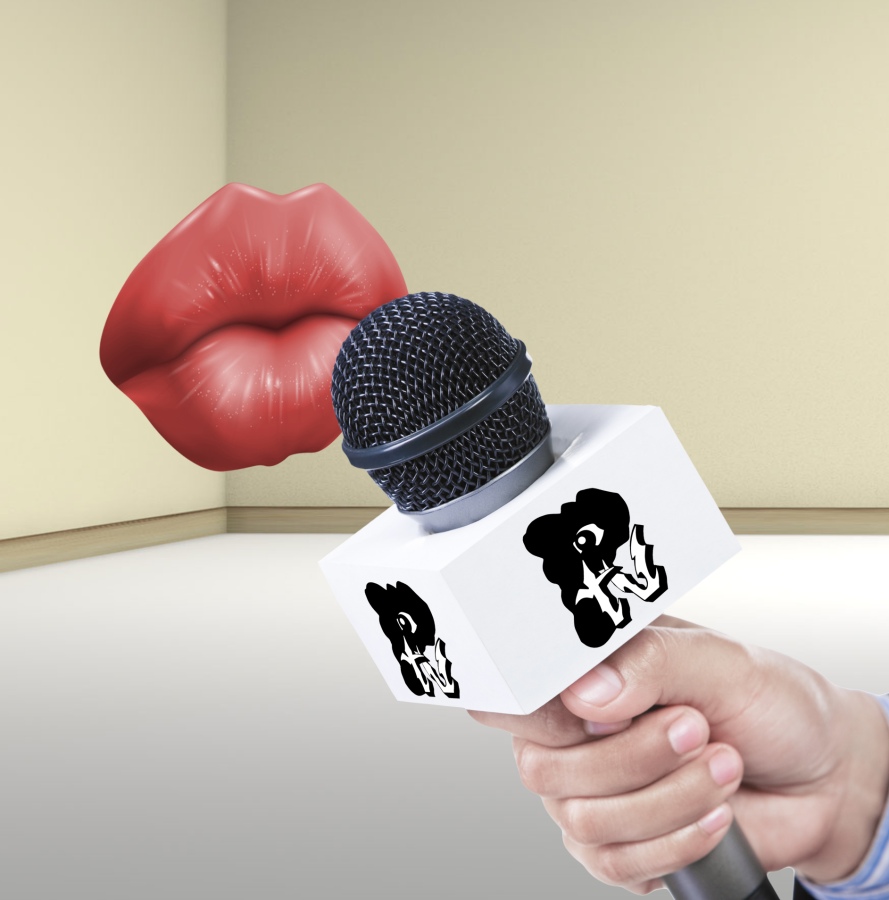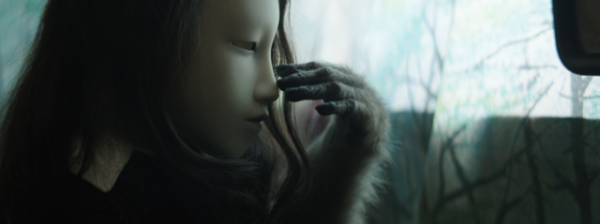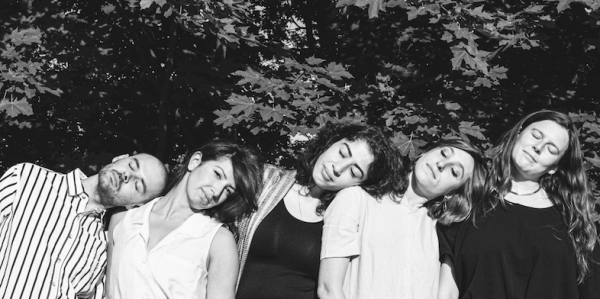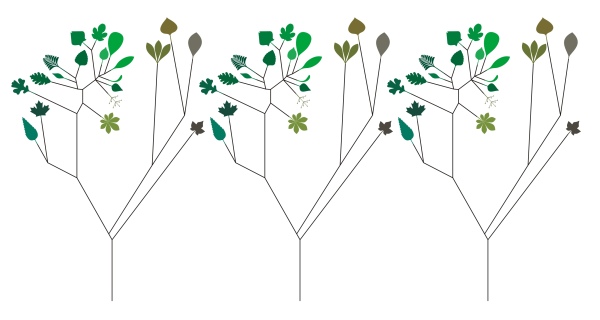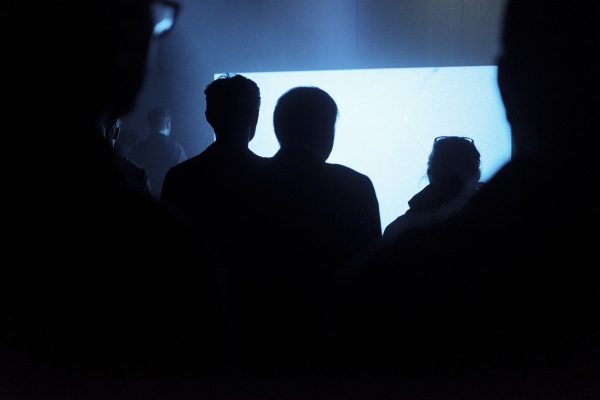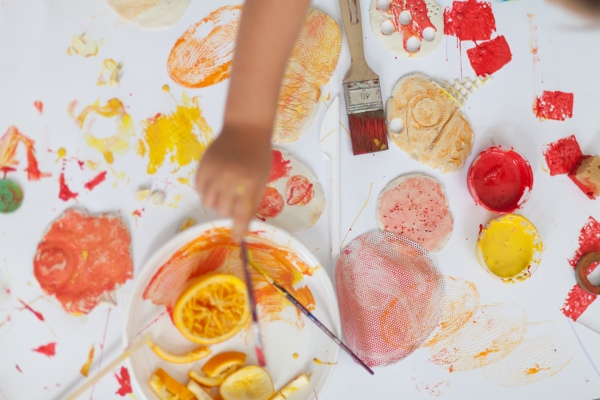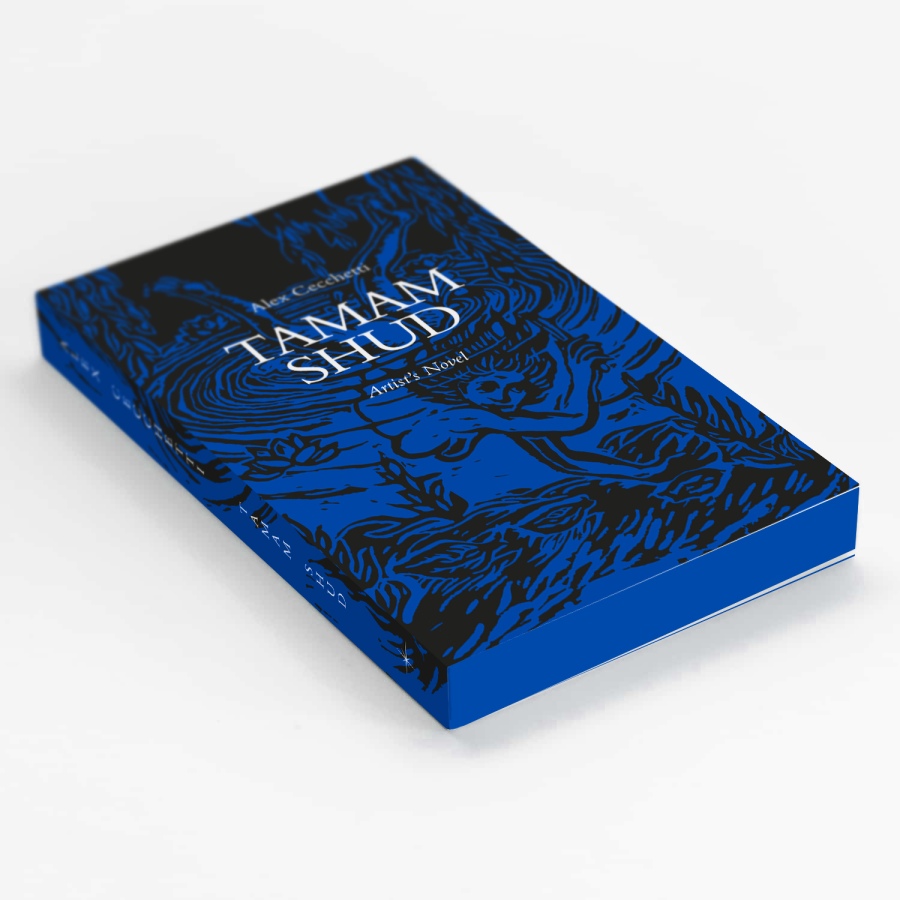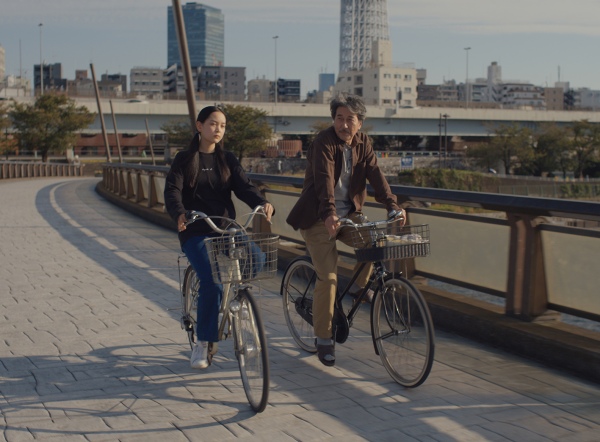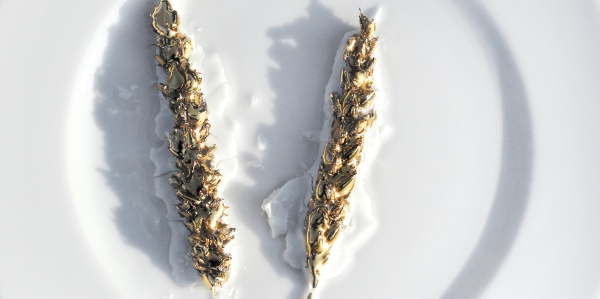2018 at U–jazdowski
One thing that we can certainly say about the year 2018 at the Ujazdowski Castle Centre for Contemporary Art is that it has been varied. By experimenting with new exhibition formats, the institution made clear its commitment to performance in its future programmes – with grand names from the world of art appearing alongside new-generation artists. The audience had the opportunity to participate in a few dozen inaugurative events, such as cinema retrospectives, discussion panels, workshops and social projects that ventured outside the Castle’s walls.
One of the year’s first events was the Assaf Gruber exhibition Rumour. The artist showed films and sculptures focused on the key choices that individuals make daily in their lives, and on a reality shaped by global politics. The Ula Sickle exhibition Free Gestures, which opened in March, inaugurated the series of projects exploring the format of performative exhibition, presenting live action in the gallery space. Each day for a few hours, rather than looking at objects viewers could watch choreographed sequences featuring dancers. Less than a month later, the largest exhibition of the first six months to be shown in U–jazdowski took place – Other Dances – which set out to record the new phenomena that had appeared during the preceding two decades at the juncture of visual arts, theatre, performance and choreography. The individual exhibition – again performative in character – by Tori Wrånes was a big event. The Norwegian artist’s astounding and unusual vocal range and her performance featuring trolls will stay with audiences for a long time. Outside the Castle, the public had an opportunity to watch the opera It’s Hard to Get to Bródno – created on themes from Stanisław Moniuszko’s opera Paria – by Cezary Tomaszewski, one of the most interesting Polish directors, choreographers and performers.
The year 2018 saw sequels in the series PTV: Performance TV – an experimental performative programme already familiar to the audience; it uses the format of a TV studio; the starting point is a desire to examine the influence of this medium and its language on current artistic practices. In Part 4, the duo Małpeczki (Maria Magdalena Kozłowska and Maria Toboła) took viewers on a journey from the stomach to the heart in an unpredictable culinary show You Must Eat This!
One of the most acclaimed exhibitions at U–jazdowski in 2018 was Holy Nothing by Jakub Julian Ziółkowski. The artist, considered by the media to be the most influential Polish painter and on a par with Wilhelm Sasnal, showed mostly new works at U–jazdowski – sculptures, paintings, ceramics and installation – some of which he had created in collaboration with his wife, Hyon Gyon, whose own art stems closely from the principles of Korean shamanism and which is directly related to transcendental, universal energy.
As part of the {Project Room} series, six exhibitions took place: by Grzegorz Stefański, Maria Toboła, Weronika Gęsicka, Ania Nowak, Karolina Mełnicka and Karolina Babińska. The project supports young artists nominated by art curators, directors of art institutions and lecturers from academies of fine art all over Poland. The jury will select the two best exhibitions from among the international projects presented and award a 1st Prize of 20 000 zł and a 2nd Prize of 10 000 zł. As each year, the corollary of the project will be the Project Room Awards ceremony, planned for 25 January 2019.
The year 2018 would not have been complete without the Jazdów City Garden; this time, it was devoted to nature in an urban habitat. In contrast to the functional editions of the project in previous years, this time the focus was on exploring nature. Together, the viewers and the artists, joined by botanists from the Botanical Garden, observed closely the flora in the park surrounding the Ujazdowski Castle, as well as the different groups of organic forms that depend on its development, such as fungi, insects and birds, as well as inorganic matter. They were able to take part in workshops, meetings and field observation, which included visiting a viewing platform placed in the tree canopy.
Autumn at the Ujazdowski Castle Centre for Contemporary Art started with the exhibition Waiting for Another Coming. Over 30 artists from Poland and Lithuania questioned the contemporary social condition, new economic challenges and the development prospects for peripheral countries faced with globalisation. The exhibition was directly occasioned by the centenary of Poland and Lithuania regaining independence. It is open to the public until 29 January 2019.
The year 2018 brought the grand finale of the artistic project launched in 2016 by The Book Lovers (curators David Maroto and Joanna Zielińska) in the form of Tamam Shud, a novel by Alex Ceccheti. The launch of the book culminated in October with a special promotion in the cistern in the Love Bar; for the occasion, Alex Ceccheti had prepared specialities using local herbs, and stories unfolded – some about love.
A staple of the Ujazdowski Castle Centre for Contemporary Art has been get-togethers, part of the discursive programme. An important element has been the Curating Institution – discussions, lectures or seminars. The invited guests include curators and directors of acclaimed and important institutions of contemporary art around the world. The programme will continue throughout 2019. In turn, Perverse Decolonisation is an international research and discussion project about the crisis in postcolonial studies and identity politics, organised with the participation of an international working group that includes not only researchers, but also artists, writers, curators and theoreticians from all over the world.
Our residency programme is an important part of the activity of the Ujazdowski Castle Centre for Contemporary Art; it comprises creative residencies, discussions, workshops and seminars. These will continue in subsequent years also through projects and exhibitions organised by the U–jazdowski artists in residence.
The U–jazdowski cinema put on 817 film sreenings. One of the most striking offerings was the film review Posthuman Cinema. Regular educational workshops were also held throughout the year. The new offers included sensory and tactile art classes called Touch the Art as well as sample performative art education – Five Ways with Performance. The old favourites were all there: Tiny Tot’s Eye, How Does Art Taste? and Art Knows No Age. The publication Tiny Tot’s Eye appeared – a compilation of games to introduce children into the world of sounds and colour. The public had a chance to participate in 139 guided tours.
From 23 November, viewers have had the opportunity to see Something New, Nothing Borrowed, A Lot of Blue – a presentation of selected works purchased in recent years by the Collection of the Ujazdowski Castle Centre for Contemporary Art, which has been growing since 1992. The works of Karolina Breguła, C.T. Jasper and Joanna Malinowska, Markus Kaiser, Andree Korpys and Markus Löffler, Koje Kamoje, Wojciech Prażmowski, Joanna Rajkowskia, Jadwiga Sawicka, Bartosz Zaskórski and Krzysztof Zarębski are stories: personal, global, social, as well as those related to the body or to a specific object. The presentation will continue until 30 December.
And now, U–jazdowski is looking forward to another year – 2019 – which is shaping up to be just as varied. You are very welcome!
